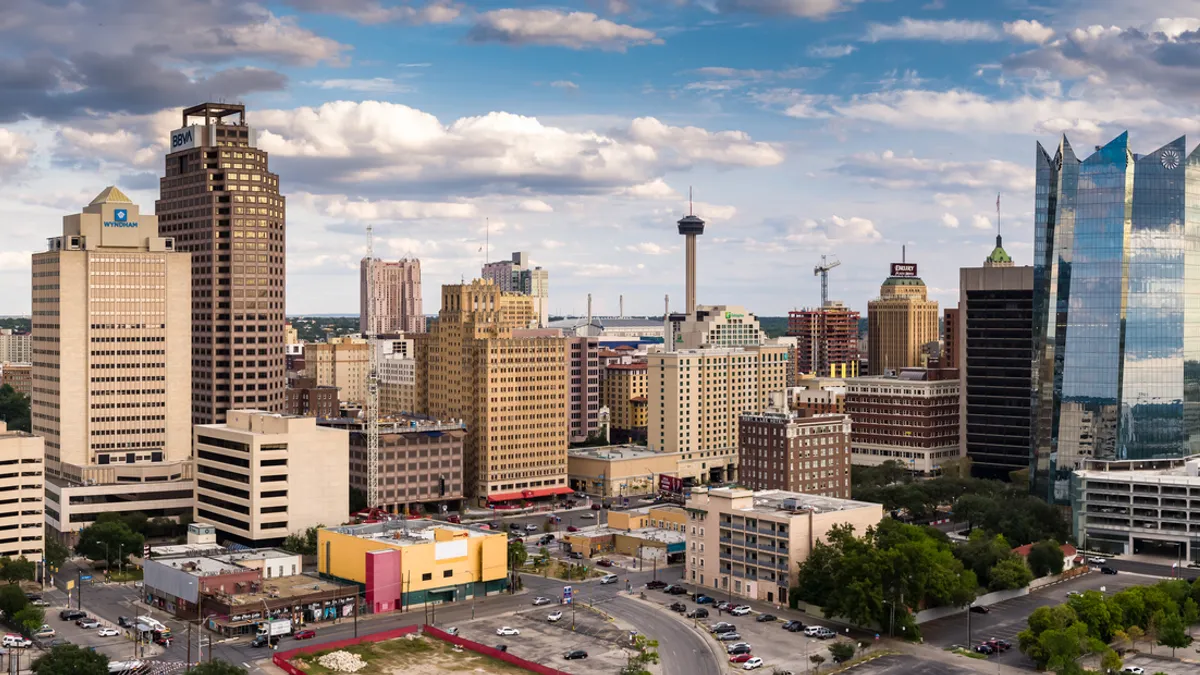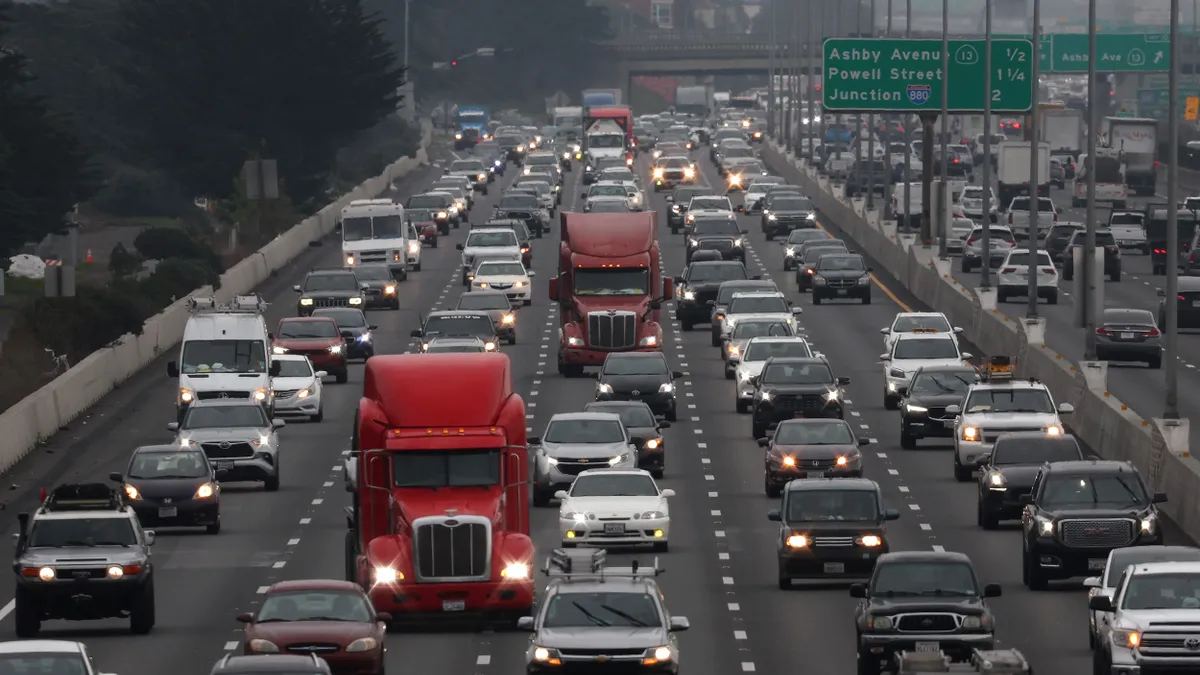Curbing America’s dependency on cars is no small feat. But as city leaders look to promote more sustainable growth, they’re relying on “activity centers” — hyperlocal hubs of business, retail, tourism, civic institutions and social pursuits — to help people access everything they need with less or no driving.
Sprawling, car-reliant suburbs have among the highest carbon emissions per household, while densely populated and transit-rich neighborhoods near city centers have among the lowest levels, according to the New York Times. Conventional wisdom suggests that greater population density translates to more walking, biking and public transit use, thus lowering carbon emissions from cars. But the relationship isn’t actually so straightforward, with local policies playing a major role, researchers say. That means decisions made today about city growth strategies will have ripple effects in the decades to come.
Enter activity centers. A Brookings Institution analysis indicates activity centers are spread across — and within — the country’s major metro regions, with most locals living within three miles of one. Officials in San Antonio; Boise, Idaho; Cape Cod, Massachusetts; and elsewhere are using activity centers as blueprints to create greener built environments.
“This is a model for concentrated future growth,” said Robert Puentes, president and CEO of the Eno Center for Transportation. “It's less about just concentrating [homes and jobs] so that people can use transit to get to those parts of the region, [and more about] trying to concentrate more of the work and play around these activity centers.”
The Boise region, for example, is expanding quickly, with three of its suburbs clocking in among the 15 fastest-growing cities in the U.S. last year. In the coming months, the city council will vote on a proposal to rewrite Boise’s zoning code to promote walkability and focus development on neighborhoods with planned public investment, said Tim Keane, the city’s planning and development services director.
“If we make the right decisions now, and we direct our investments towards transit, then we can avoid the explosion of highways that has made transit difficult in other cities,” Keane said. “Our feeling is, if we build it around people having choices and not having to drive, then we will be successful in terms of affordability and mobility specifically — and the activity centers are central to that.”
Meanwhile, in San Antonio, one of the country’s largest cities by population and area, city planners have identified 13 activity centers that serve as major employment hubs. They said they’re trying to direct population and economic growth toward these areas without leaving behind residents in less dense neighborhoods with fewer transit options.
“It's not just planning for the sake of planning, but truly, how are we helping make the city better for everyone, regardless of where they are?” said Bridgett White, director of San Antonio’s planning and community development department.
The activity center framework “should help inform a sweeping set of decisions: Where do we want to prioritize development? How do we better understand which neighborhoods interact more with one another, so we can do certain investments in these places?” said Adie Tomer, a senior fellow at Brookings Metro, who leads the Metropolitan Infrastructure Initiative and co-authored the group’s report on activity centers.
But Tomer added that the development of activity centers isn’t a catch-all solution for more sustainable transportation, given the ultimate goal is to help people get from point A to point B in a way that reduces their carbon footprint.
Activity centers can be “oriented around driving … like the sprawling, big-box-style shopping plazas; they absolutely can drive long-distance trip behavior, too,” Tomer said. What matters is the quality and location of those activity centers and their proximity to each other, Tomer added.
Reliable, safe, accessible public transit; walkable sidewalks; and clear bike lanes matter, too. Ultimately, identifying where activity centers are in a metro area is just one tool for city planners, developers and local officials as they map out the future of their regions.
“Every city has some aspect of, ‘How do we adapt to climate change?’” Keane said. “Boise is in this formative period, and it's somewhat unique in that regard, [but] the same principle is at play everywhere.”



















